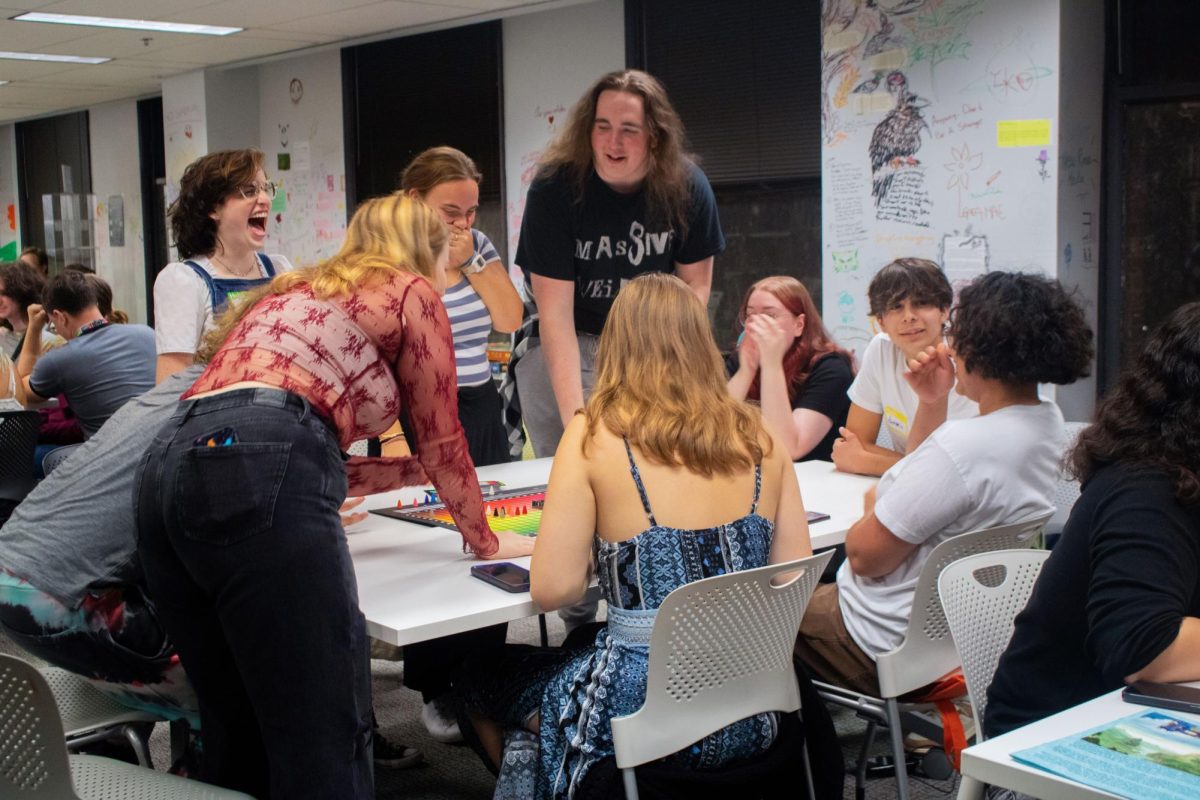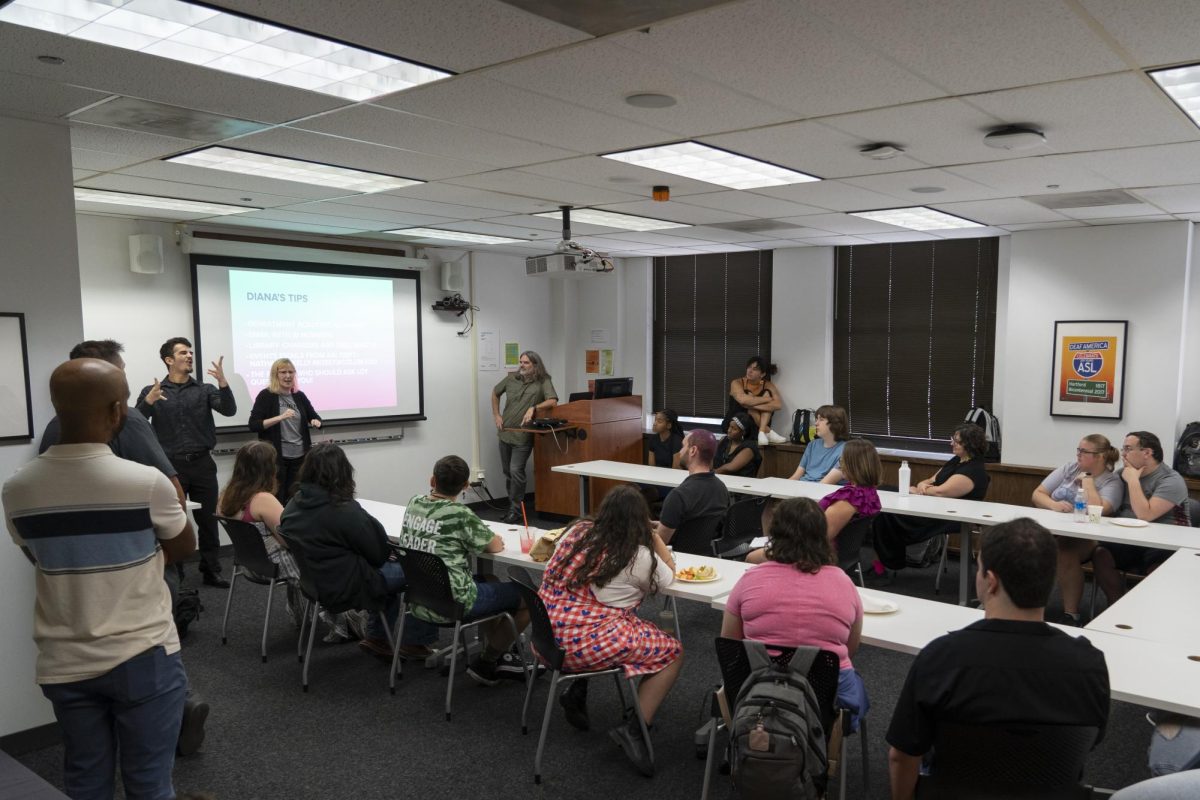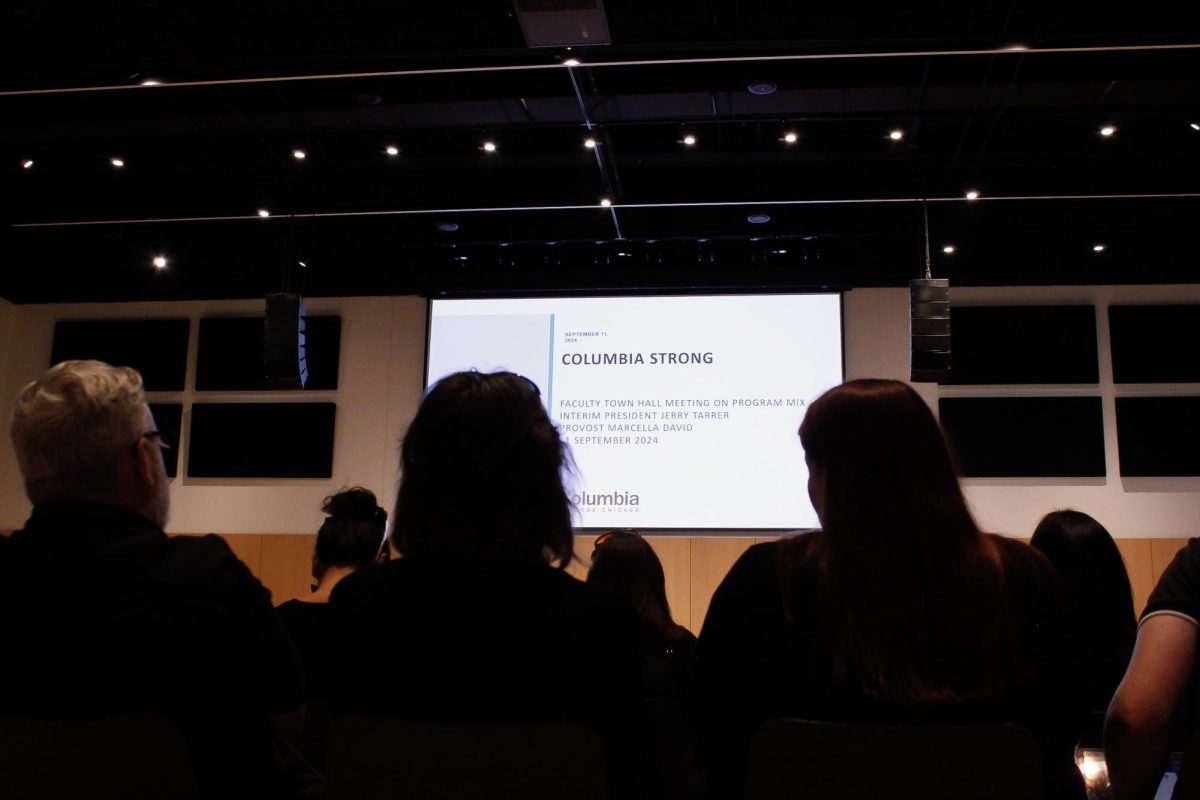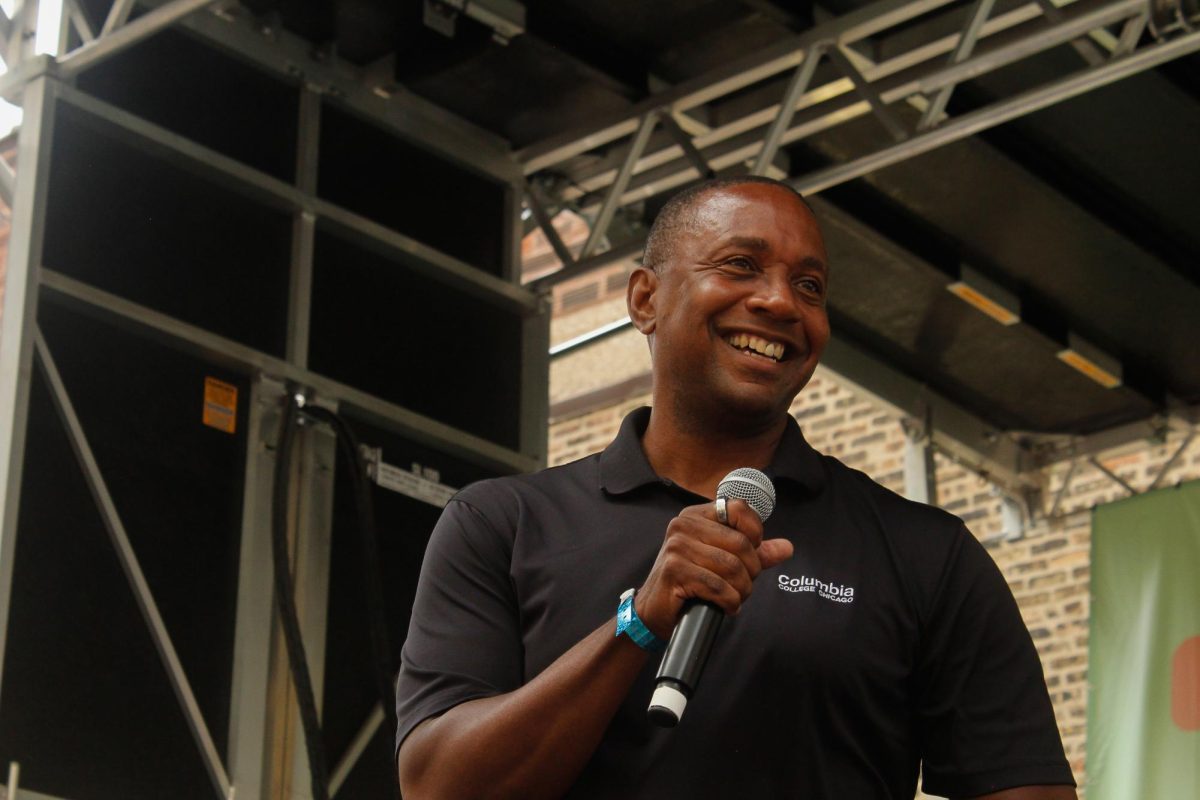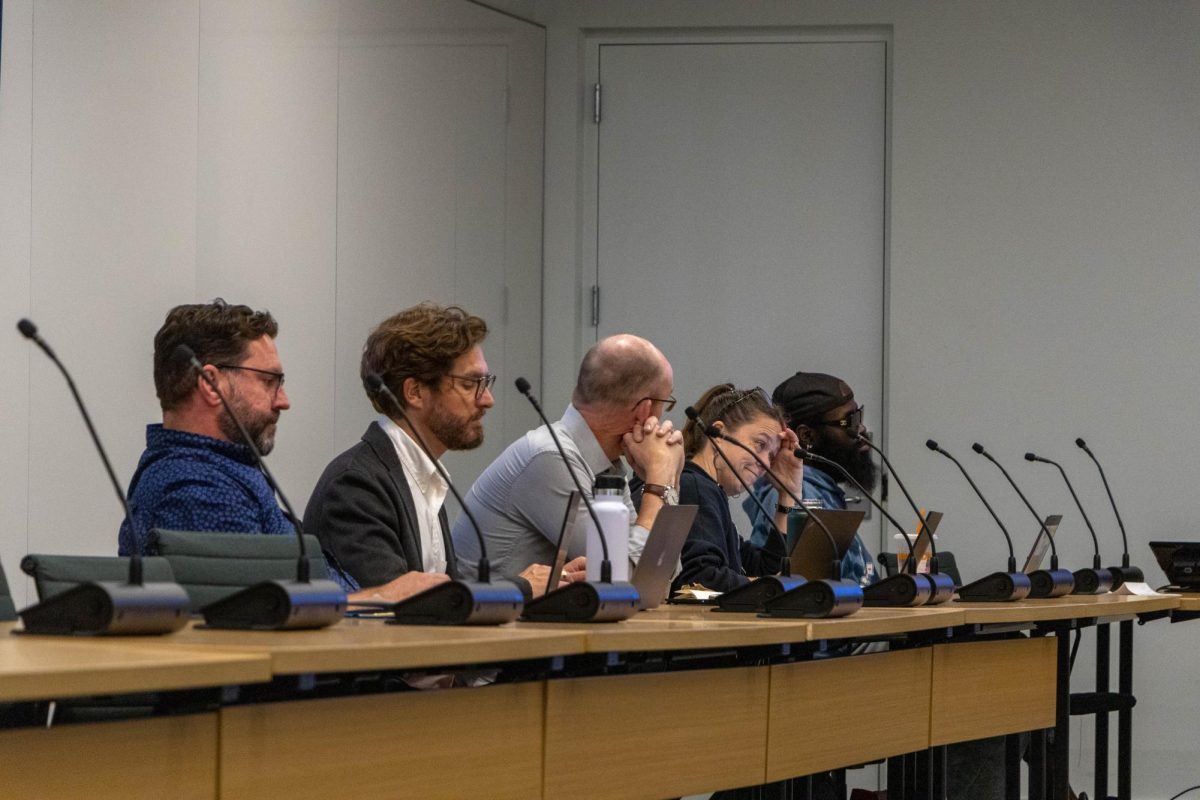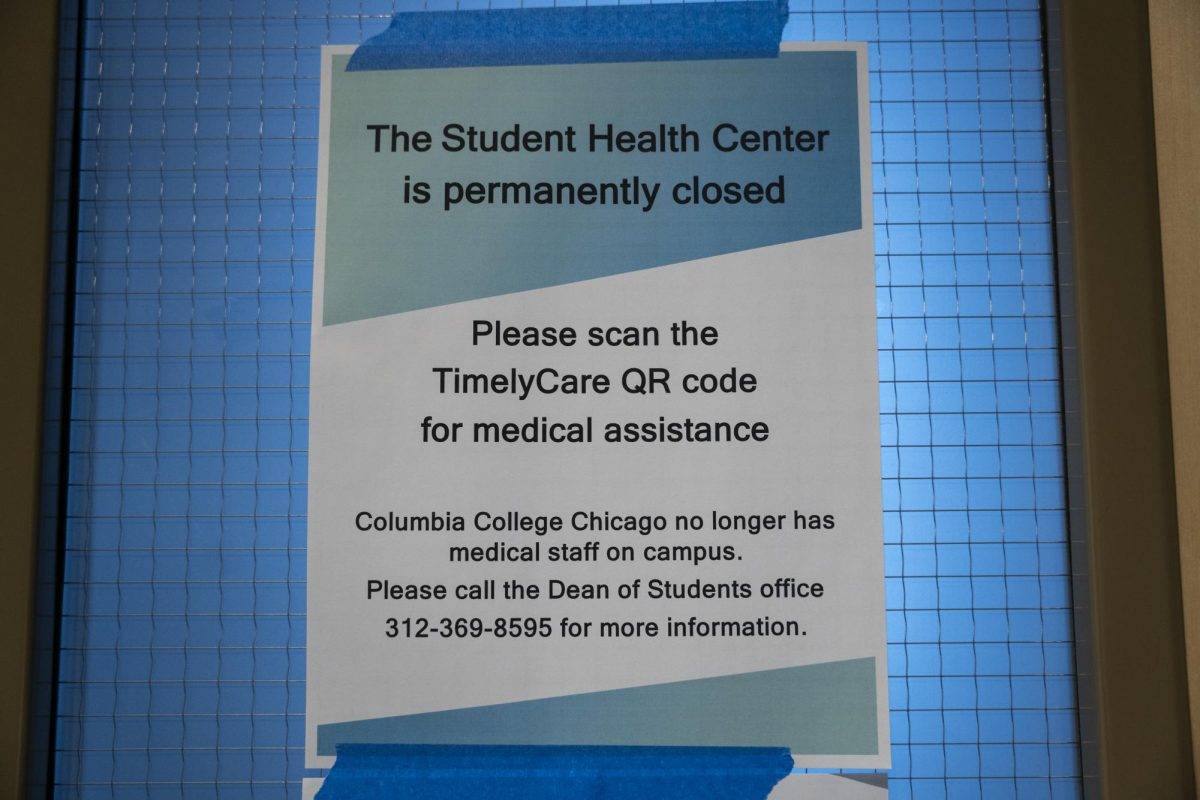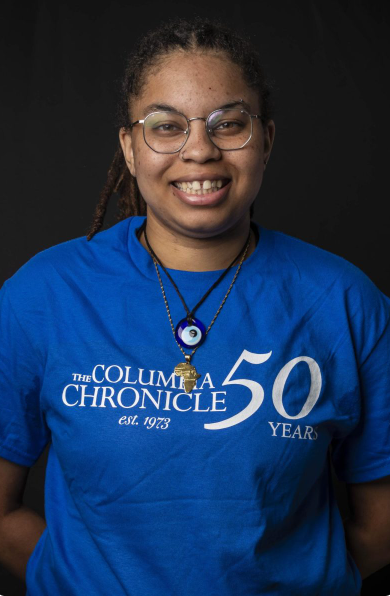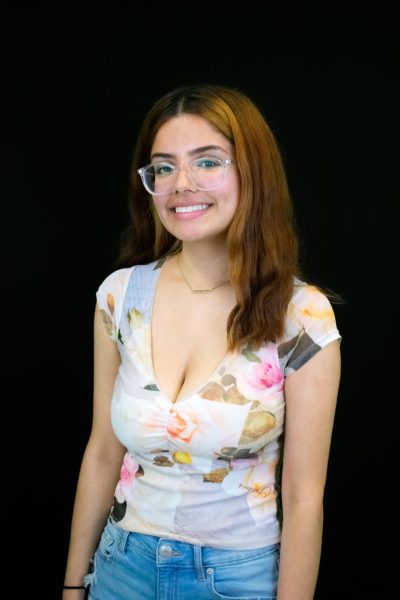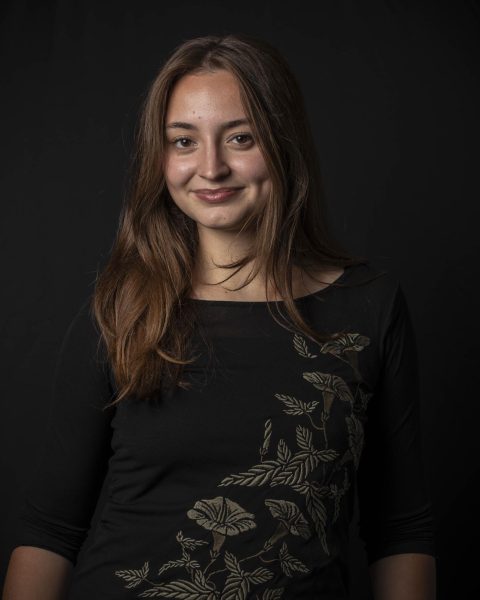The college will not announce which Columbia programs a consulting firm is recommending be cut until after the fall semester has started.
Many faculty had expected to see a list on Friday, Aug. 16 at the All-College Retreat held at the Student Center.
“We’re not announcing new program closures at this time,” Interim President and CEO Jerry Tarrer told faculty. “We want to get your thoughts and your input, your feedback.”
Senior Vice President and Provost Marcella David said the new interim school directors will be briefed next week.
Then, after the semester starts, the college will host a series of town halls or listening sessions “to talk about the analysis, the basis for the analysis and then talk though the list that was provided,” David said.
Tarrer said he expects to present a final proposal to the Board of Trustees in January or February detailing which programs, or majors, to close and also what new ones could be created.
Students in impacted majors would be able to finish their degrees before the programs closed, the college has said. In the past, when Columbia has sunsetted majors, it stopped accepting new students but continued to support existing students.
The timeline for program revision was originally meant to be finalized more quickly, but faculty complained they were being left out of the process. Tarrer said it was pushed back by the board to allow for those conversations.
Columbia currently has 59 majors and 11 concentrations across those majors. The largest three majors, Film and Television, Fashion and Animation had 1,983 students collectively as of Fall 2023.
Last fall the college had 6,529 students total. The college will have 1,000 fewer students this fall.
The Board of Trustees voted in May to approve former President Kwang-Wu Kim’s recommendation of “adverse circumstance,” placing all programs on an “intensive and iterative three-year assessment and planning process to ensure sustained focus and progress toward goals.”
The college hired Kaufman Hall to conduct the program review, which completed its work this summer. The analysis was presented at a Board of Trustees meeting on Wednesday, Aug 14.
According to Tarrer, Kaufman Hall used four factors to identify programs for closure:
- enrollment trends,
- market share,
- financial contributions margins and
- expense reductions.
He also said that conversations would be ongoing with faculty through the Fall 2024 semester to include more factors than just financial.
David said she wants faculty to think about what programs have that make them stand out.
“What are the programs we really want to offer? How can we deliver those most efficiently and effectively for our students?” she said. “What is the value of a college education? What is the special sauce we want to provide?”
David said that while 59 programs made “a lot more sense” back when the college had 13,000 students, but due to the lower enrollment the last decade, not as many may be needed.
“When we have a program of 42 credits, then what we’re saying is we’re going to be delivering those 42 credits and we’re going to deliver it to the freshman students in classes of 36 maximum and to all of the other students in classes of 18,” said David. “And we have to generate all of those credits. And some of our programs have incoming classes of eight. Some of our programs have incoming classes of two students.”
The report projected about 1,000 new freshmen to enroll this upcoming fall semester, compared to the 1,600 freshmen this previous fall semester.
Tarrer said that over the next five years Columbia can plan for a total student body size of 5,300 to 5,700, in comparison to the 6,500 students enrolled in the 2023 fall semester.
Their report also said Columbia’s enrollment is shaped by demographic decline, fewer high school graduates enrolling in college, and increased competition. The Art School at DePaul and the School of Art & Art History at University of Illinois Chicago programs were mentioned as direct competitors.
“We know those students should be here, they just don’t know it,” said Tarrer.
What are Columbia faculty saying?
Faculty members at the collegewide meeting shared mixed feelings. Some faculty said they were excited to see their students in the fall but also felt uncertainty about the college’s restructuring plans moving forward.
“It’s a lot to digest with the numbers. The interim president’s presentation seems promising,” said Kelci Kosin, former academic advisor and current coordinator of vocal studies within the School of Audio and Music. She also said she aims to help students that are directly impacted by these changes adjust.
Others said they had reason to be positive amid the college’s changes.
“I think because of the current situation of higher ed and just so many colleges going out of business, it is important for us to be realistic about the things we need to do,” said Cheri Lee Charlton, assistant professor at the School of Visual Arts. “I’m just going to try to be as optimistic as possible.”
In terms of the program closures, some faculty members felt uneasy about the lack of information.
Lucy Trimarco, assistant professor at the School of Design, said she felt “anxious” and would have appreciated it if the college was “maybe more transparent.” 1:17
Melissa Potter, professor at the School of Visual Arts, wasn’t pleased with the administration’s decision to not release the report before the semester starts but understands the decision “from an intellectual perspective.”
“I can accept what’s happening intellectually but personally and emotionally I want more information, and I feel like there could be more transparency around which programs the people on the stage know are going to be cut and not to have that held from us any longer,” said Potter, who is the graduate director of Fine Arts.
What makes Columbia special is the students, she said, and losing programs is “a distinct culture and history at risk of loss.”
“Our student body is unlike any other student body not just in this city but also in the country, arguably in the world. The loss of any programs at Columbia College is a loss of one of the greatest diversity demographics that exists,” she said.
Copy edited by Trinity Balboa





